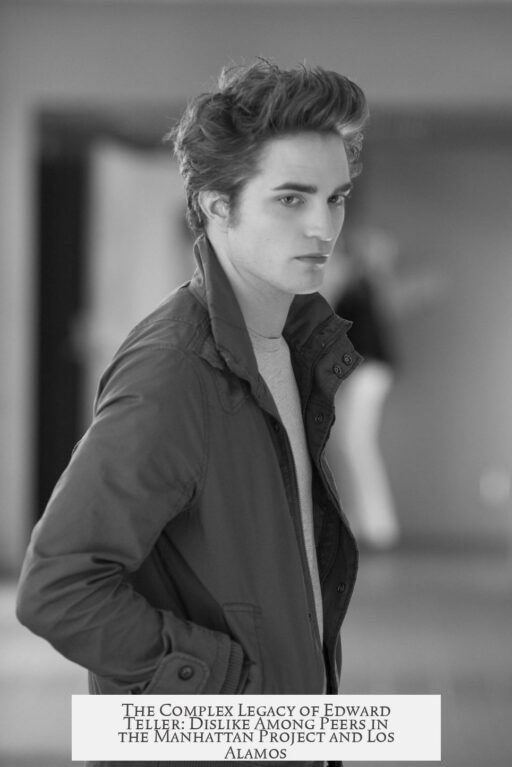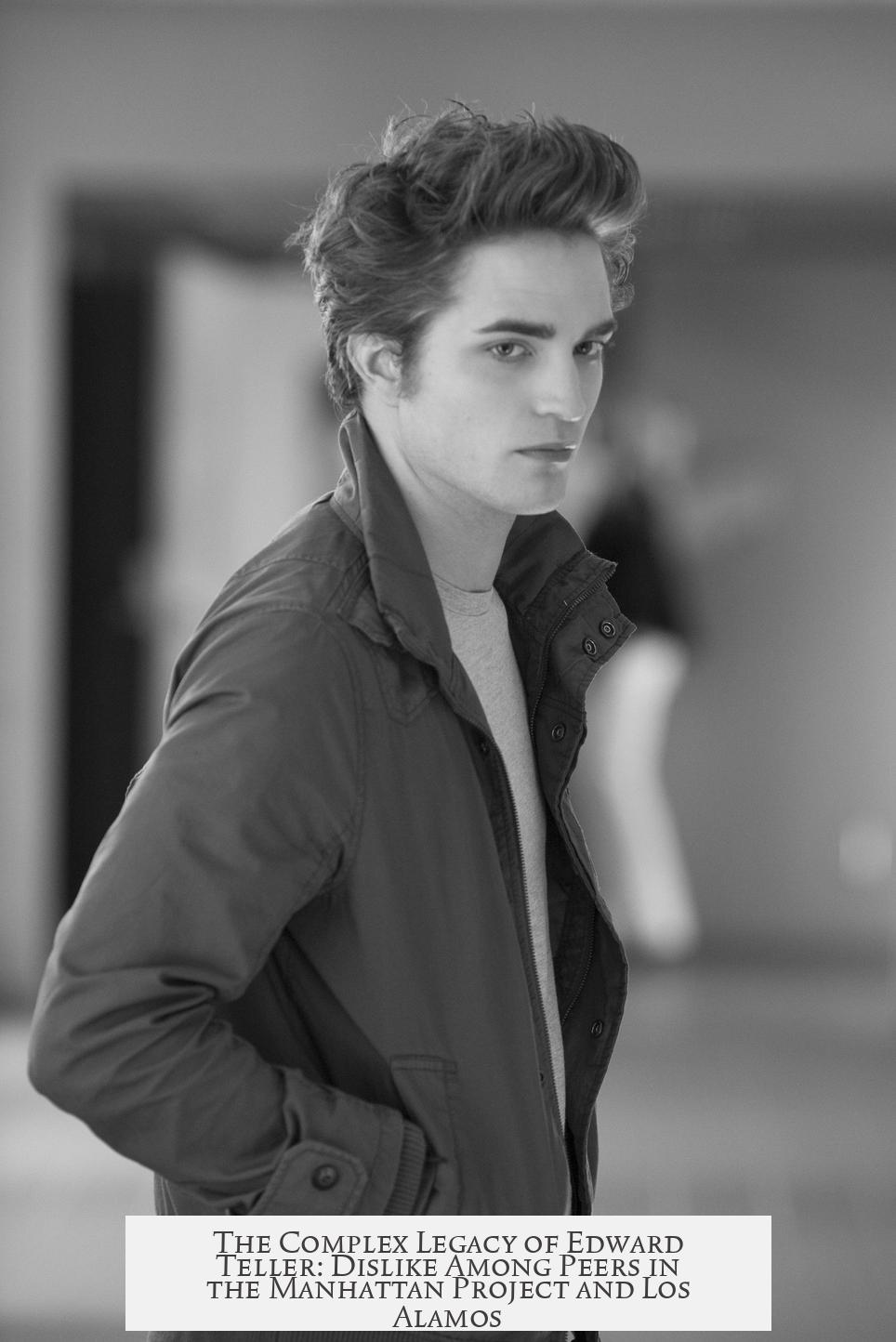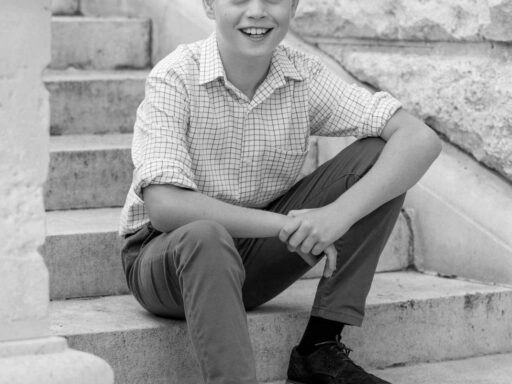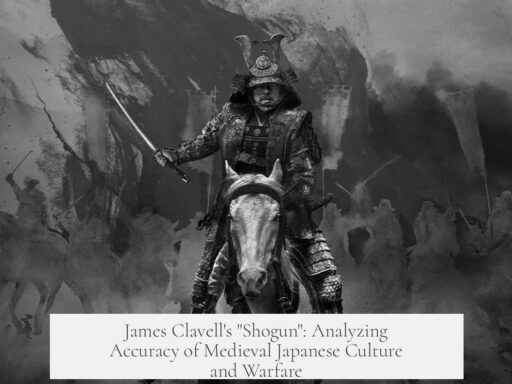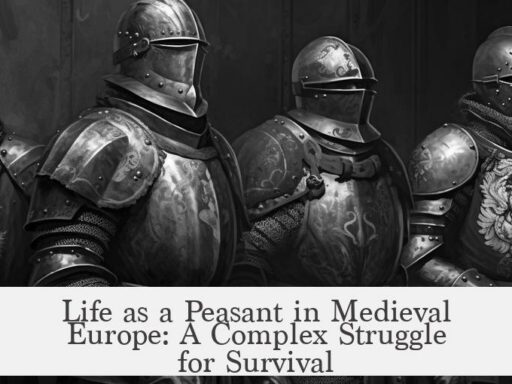Edward Teller was not as universally disliked by his Manhattan Project and Los Alamos peers as popular narrative suggests, but his relationships were complex and evolved over time. Initially, Teller was respected as a top-tier physicist before the war, trusted and liked even by those who later opposed him. During the war, although seen as eccentric and difficult, he was valued for his intellect and contributions. His reputation worsened notably after the war due to his intense advocacy for the hydrogen bomb (H-bomb), culminating in a fractured relationship with many colleagues following his testimony against J. Robert Oppenheimer in 1954.
Before World War II, Edward Teller ranked as a prominent physicist, though not at the very top. He earned a reputation as someone essential in discussions of challenging physics problems but was not always expected to produce solutions himself. Peers such as Leo Szilard and Hans Bethe, with whom he would later clash, initially liked and trusted him. Teller’s pre-war standing was that of a valuable collaborator and respected intellectual within the physics community.
During the Manhattan Project, Teller’s role was more nuanced. His peers viewed him as an important but somewhat difficult team member. While Hans Bethe was chosen to lead the Theoretical Division, Teller took that decision personally, feeling overlooked. He showed less interest in the immediate atomic bomb challenges and focused more on developing the Super, the idea that eventually evolved into the hydrogen bomb concept. His personality was often described as eccentric and foreign by fellow scientists, yet this did not translate to personal dislike. Teller remained a respected, if somewhat unconventional, member of the Los Alamos team.
Following the war, Teller became increasingly focused on pushing the development of the hydrogen bomb, sometimes frustrating his colleagues. He reportedly overstated the chances of its success and exerted significant effort lobbying for the Super project when many peers considered other priorities more urgent. This period saw Teller become more isolated; his increasing insistence on the hydrogen bomb caused tension and disapproval among peers who felt he was overreaching or out of touch with practical considerations. Ultimately, Teller left Los Alamos, reportedly frustrated by the lack of support for his vision.
After the Soviet Union detonated its first atomic bomb in 1949, Teller, along with physicists like Ernest Lawrence and Lewis Strauss, became a leading proponent of the H-bomb program. Though there was significant opposition to building the H-bomb, one finds little evidence that those opposed blamed Teller personally. Rather, his peers generally viewed the Super as Teller’s obsession. Stanislaw Ulam, who contributed significantly to the hydrogen bomb’s design, did not get along well with Teller, but their friction appeared to be professional irritation rather than deep personal animosity.
The real turning point in Teller’s relationships occurred between 1952 and 1954 amid political and scientific debates surrounding the hydrogen bomb. Teller joined efforts to challenge those who opposed the H-bomb, especially J. Robert Oppenheimer, the project’s scientific director. Although Teller was not the sole instigator—others like Strauss and John Wheeler played major roles—he became the public face of the campaign attacking Oppenheimer’s leadership. Behind the scenes, Teller blamed Oppenheimer and others for allegedly slowing progress on nuclear weapons. This campaign started to damage Teller’s reputation more significantly; peers found him frustrating and often mistaken, but still not necessarily malevolent.
Teller’s 1954 testimony against Oppenheimer, however, marked a major rupture. When Teller testified in security hearings that led to Oppenheimer’s loss of clearance, many physicists saw this as a betrayal. The fact that Teller was an esteemed scientist from Oppenheimer’s own trusted circle made his actions particularly painful. Other adversaries, like David Griggs, were less known or respected—and hence caused less damage to relationships. Teller, by attacking a respected colleague and mentor, lost the goodwill of many peers. From then on, while he maintained supporters, many physicists viewed him with wariness or outright disfavor.
| Stage | Peer Perception of Edward Teller |
|---|---|
| Pre-War | Respected, trusted, liked; “A tier” physicist valuable in discussions. |
| Manhattan Project | Valued but difficult and eccentric; focused on Super instead of bomb. |
| Post-War Advocacy | Obsessive about H-bomb; overstated feasibility; emerging tensions. |
| Early 1950s | Frustrating and irritating to many; professionally isolated; advocacy causes strain. |
| Testimony Against Oppenheimer (1954) | Major rupture; viewed as betrayal; peers distrust increases sharply. |
Edward Teller’s relationship with his peers was marked by phases of respect, frustration, and conflict. While initially valued and trusted, his aggressive pursuit of the hydrogen bomb and political maneuvers led to isolation. The testimony against Oppenheimer defined the negative views that many physicists later held. Teller’s personality and actions contributed to a complex legacy, mixing scientific achievement with contentious interpersonal dynamics.
- Teller was respected as a physicist before WWII and during the Manhattan Project despite difficulties.
- His intense push for the hydrogen bomb caused tensions with peers after the war.
- His advocacy was seen as obsession but not widely blamed until political conflicts intensified.
- The 1954 testimony against Oppenheimer was the key event triggering widespread dislike among peers.
- Overall, Teller was frustrating and controversial rather than universally disliked during the Manhattan Project and Los Alamos years.
Was Edward Teller as disliked by his peers in the Manhattan Project and Los Alamos as it seems?

Edward Teller was not as disliked by his peers during the Manhattan Project and at Los Alamos as popular narratives might suggest. Though he was often seen as difficult and eccentric, the reality is far more nuanced than the picture of an unpopular outcast. Understanding Teller’s complex relationships and his shifting reputation over time clears up many misconceptions.
Let’s start by exploring Teller’s standing before the war. Contrary to the myth that everyone turned against him at Los Alamos, Teller was actually well regarded in the pre-war physics community. Biographies and interviews paint him as an A tier physicist—respected and reliable, even if not in the very top “S tier” of maestros. People saw him as the kind of person you’d want in the room when tackling tough physics questions. He was liked and trusted by notable figures—including those he would later clash with dramatically, like Leo Szilard and Hans Bethe.
This tells us something important already: the man had respect before the spotlight of wartime rivalry and politics intensified.
Los Alamos Years: Valuable but Eccentric

During the Manhattan Project, Teller’s reputation was a blend of respect and difficulty. He was considered very valuable but also a bit hard to work with. His eccentricity and foreign background made him stand out, but importantly, he was not unlikeable.
One sticking point was his obsession with the “Super” — the hydrogen bomb — rather than the immediate goal of making the atomic bomb. Teller showed little interest in the practical challenges of the bomb project. Additionally, when Hans Bethe was chosen to lead the Theoretical Division, Teller took it personally, possibly out of frustration and pride.
Yet, even with these quirks, Teller remained part of the team, contributing in his way. People might have thought he was eccentric and difficult, but this did not translate to outright dislike.
Post-War: Increasing Difficulties and Growing Frustrations

After World War II, Teller’s reputation began to shift. His insistence on pushing the hydrogen bomb program grew more intense. He spent much time lobbying for it, which clashed with what many of his peers considered the priority — managing the postwar atomic arsenal and policy challenges.
Some of his colleagues saw the probabilities Teller gave for the success of the H-bomb as overly optimistic. In fact, he worked hard to manufacture what looked like broad support on paper for the Super, stretching enthusiasm figures in reports. This behavior earned him a reputation for being stubborn and overly dogmatic.
Eventually, Teller left Los Alamos in dissatisfaction, frustrated at his colleagues’ reluctance to follow his lead on the Super. It was less that they disliked him outright, more that his priorities put him at odds with the group’s consensus.
Advocacy for the H-Bomb: Obsession or Vision?

When the Soviet Union tested its atomic bomb in late 1949, Teller became a leading advocate for the hydrogen bomb development, alongside Ernest Lawrence and Lewis Strauss. This position was controversial — many opposed rushing the hydrogen bomb plans — but the opposition didn’t translate into personal animosity toward Teller himself.
Rather, his colleagues saw his “Super obsession” as a personal crusade. Teller was less a villain and more a man driven by a singular vision. In fact, even though Stan Ulam, co-inventor of the hydrogen bomb, didn’t get along well with Teller, the friction wasn’t deep resentment, more of a mild annoyance. This distinction is key to understanding Teller’s complex reputation.
Turning Point: The Oppenheimer Affair

Where did the harsh dislike truly begin to take hold? The answer lies in Teller’s role in the downfall of J. Robert Oppenheimer, the scientific director of Los Alamos and one of the most esteemed physicists of the time.
After the war, tensions over nuclear policy and the H-bomb heated up. Between 1952 and 1954, Teller became a key player in the push against those opposing the hydrogen bomb development, especially targeting Oppenheimer. Though Lewis Strauss and physicist John Wheeler were arguably more aggressive in these moves, Teller’s involvement was highly visible.
Behind the scenes, Teller told many that he believed Oppenheimer and colleagues deliberately slowed down the hydrogen bomb project. This made him a symbol of the pro-H-bomb camp and subsequently intertwined him with the controversial anti-Oppenheimer narrative.
It’s crucial to note that during this period, most remaining colleagues found Teller frustrating and often in error but not outright villainous. He was the annoying colleague, not necessarily the villain everyone came to see later.
The Real Tipping Point: Teller’s Testimony in 1954
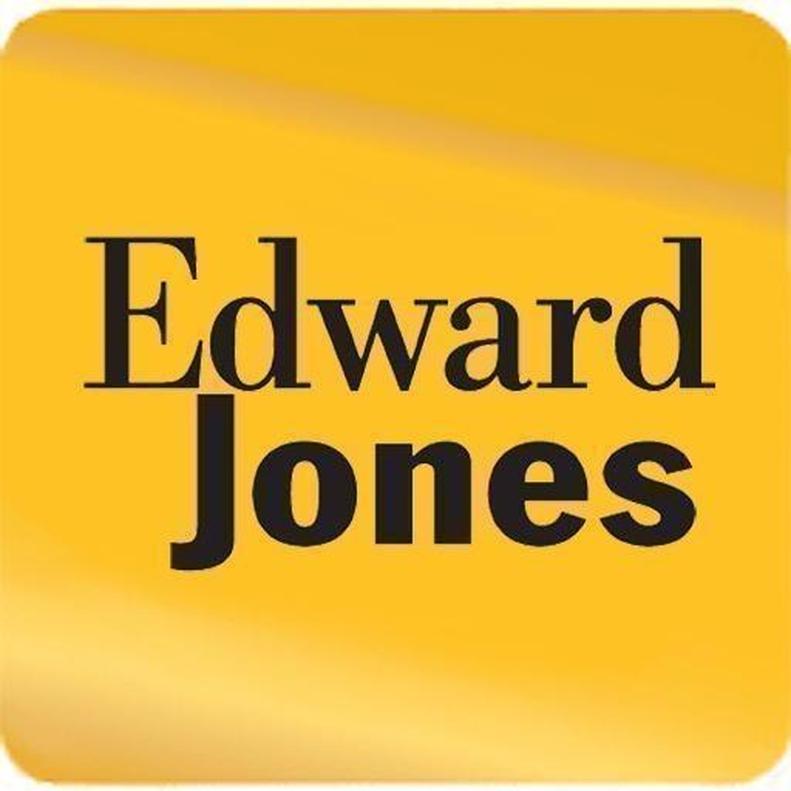
The absolute rupture occurred when Teller testified against Oppenheimer during the 1954 security hearings. This was a dramatic moment. Teller was a respected, high-caliber scientist—an “A tier.” The fact that someone of his rank turned on Oppenheimer, his former colleague and mentor to many, was shocking.
This act alienated Teller from much of the scientific community. Unlike lower-rank scientists or outsiders who testified, Teller’s testimony was seen as betrayal. That single event shifted his reputation from difficult to widely disliked.
In Conclusion: A Mixed Legacy
So, was Edward Teller as disliked during the Manhattan Project and Los Alamos as it seems? No.
Before and during wartime, Teller was respected, even liked, despite quirks and occasional friction. His difficulties and eccentricities caused frustration but not outright dislike. The severe negative perception grew much later, particularly due to his political maneuvering and his pivotal testimony against Oppenheimer.
Teller’s story is a reminder that scientific collaborations are human stories — full of complexity, conflicts, and nuance. He was a passionate advocate for his vision of nuclear weapons development, sometimes abrasive, occasionally out of step, but not a hated outcast during the Project’s peak.
Maybe the real question now is: Can we separate the man’s scientific contributions from the political drama that tainted his legacy? What do you think? Was Teller’s “difficultness” a necessary part of scientific progress or just an inconvenient personality flaw?
Was Edward Teller disliked by his peers during the Manhattan Project?
Teller was seen as valuable but difficult. He was eccentric and preferred working on the Super rather than practical bomb problems. While some found him challenging, he was not generally disliked or ostracized.
Why did Teller’s relationships with peers worsen after World War II?
After the war, Teller pushed hard for the hydrogen bomb, which many thought was premature. His constant lobbying and overstating its chances made him frustrating to others. He eventually left Los Alamos due to disagreements.
How did Teller’s stance on the H-bomb affect his standing among colleagues?
Though some disagreed with his obsession over the H-bomb, few blamed him personally. His advocacy was seen as an annoyance rather than a serious conflict. Personal friction, like with Ulam, was mild and typical.
What changed Teller’s reputation after the Oppenheimer security hearing?
Teller’s testimony against Oppenheimer was a turning point. Colleagues saw this as a betrayal by one of their own, damaging his reputation far more than previous tensions or disagreements.
Was Teller considered the main antagonist in the fight against Oppenheimer?
Teller played a key role but was not the worst offender. Others, like Strauss and Wheeler, were more aggressively involved. Still, Teller became the face of opposition due to his outspoken views and behind-the-scenes actions.
How did Teller’s peers view him in terms of scientific ability during the Manhattan Project?
Before and during the project, Teller was respected as a strong physicist, though not the top tier. He was valued for his ideas but less for practical problem solving. His peers trusted him despite occasional clashes.
